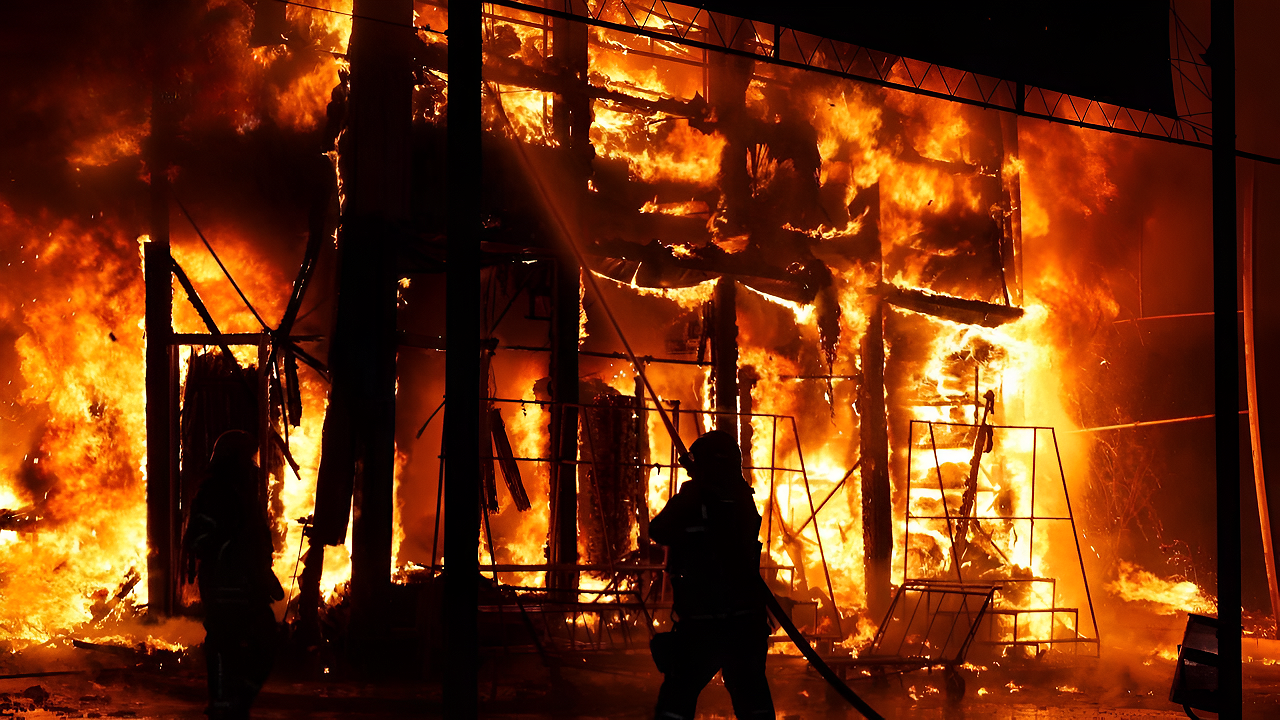
Ukrainian forces have launched a historic campaign against Russian oil refineries, executing 61 documented drone strikes since January 2024. These long-range attacks extend over 800 kilometers beyond Ukraine’s borders, showcasing significant advancements in drone technology and strategic military capability. Each attack symbolizes a calculated effort to cripple Russia’s military logistics by targeting the infrastructure that supplies fuel for military operations.
Russian authorities are now compelled to redirect resources towards repair efforts and enhance air defenses, reflecting how these strikes impact not just production but also national defense. This unprecedented strategy underscores Ukraine’s determination to undermine Russia’s wartime capabilities.
Refinery Damage
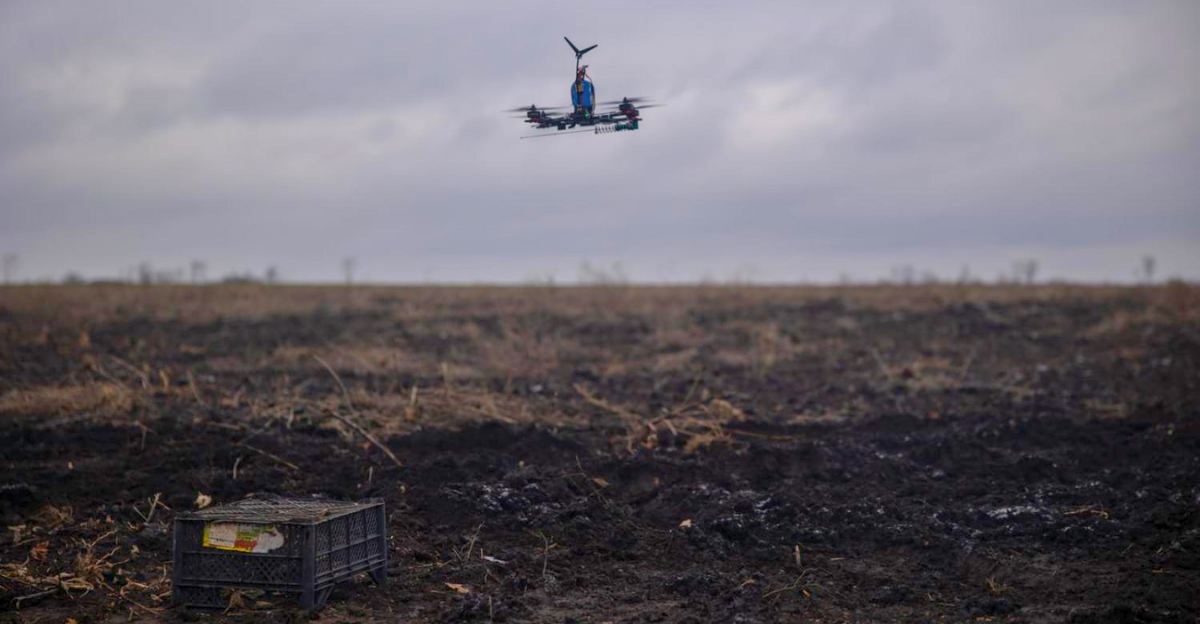
As of now, at least 40 of Ukraine’s drone strikes have led to either fires or irreversible damage to key Russian refineries. Notably, the Volgograd refinery was targeted four times from August to September 2024, while the Novokuibyshev refinery faced three separate assaults in the same period. Other refineries, such as Ryazan, Saratov, and Salavat, have also been hit multiple times.
The latest significant attack occurred on March 16, jeopardizing 50% of Moscow’s fuel supply. The cumulative effect of these strikes drains Russian resources, requiring substantial investment in repairs and heightened air defenses, only to risk further targeting by Ukrainian forces.
Capacity Claims
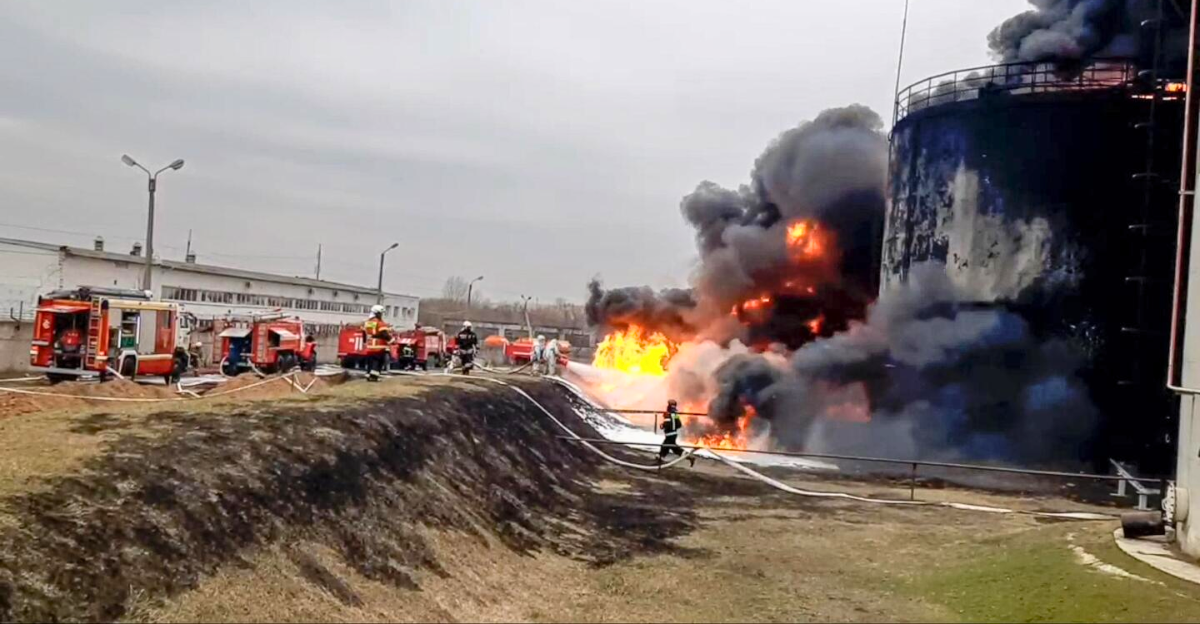
Reports indicate that Ukrainian strikes have allegedly destroyed 38% of Russia’s oil refining capacity, based on a theoretical maximum. Russia’s total refining potential is pegged at 327 million tons annually. The refineries hit in August and September alone account for a combined annual capacity of 123 million tons.
However, it’s crucial to note that this figure reflects potential damage rather than actual operational disruption. The landscape is nuanced, involving factors such as pre-attack utilization rates and varying repair timelines, which complicate the understanding of actual output figures and operational capacity within the Russian industry.
Production Reality
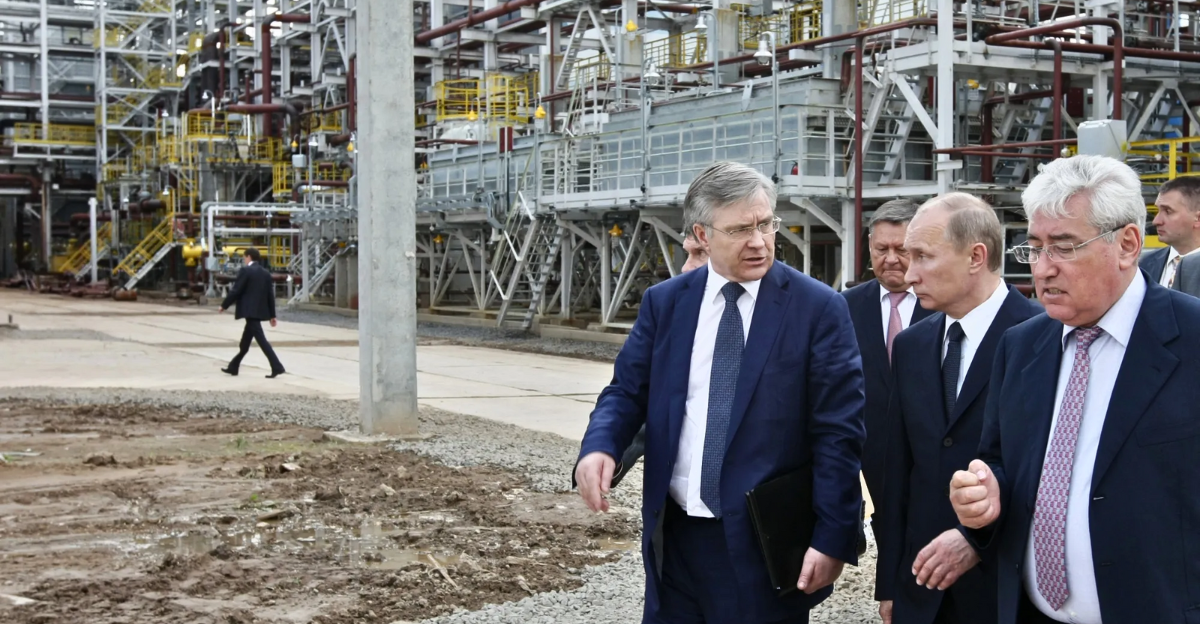
Current estimates suggest that Russia refines approximately 270 million tons of oil annually, which is notably less than its total refining capacity. Domestic demand hovers around 120 million tons annually, allowing a buffer against disruptions. Despite the challenges posed by drone strikes, Russian refineries reportedly produce 16% more gasoline than needed for domestic consumption and nearly double the diesel required.
Additionally, naphtha production could meet a significant portion of gasoline requirements through conversion. Analysts with access to non-public data estimate that current refining capacity is just below 5 million barrels per day, highlighting that operational challenges have not entirely crippled production levels.
Core Impact
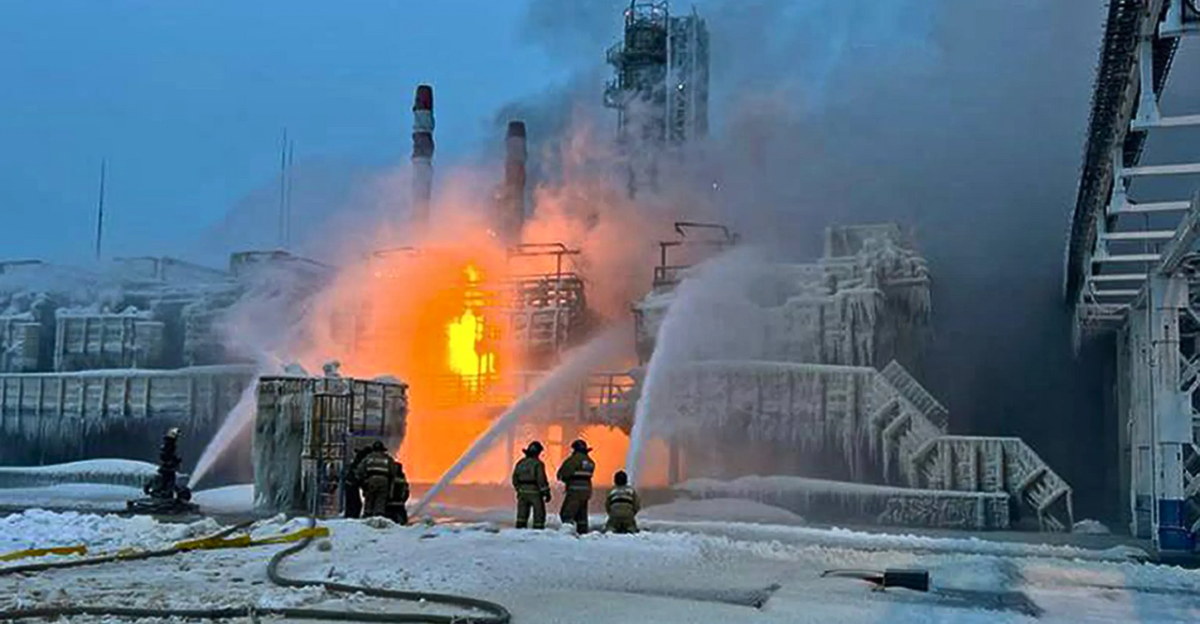
The direct impact of the drone strikes is a modest 10% reduction in gasoline output, according to the Russian newspaper Kommersant. These attacks have pushed Russian oil refining to its lowest levels in a decade, resulting in a nearly 10% reduction in Russian seaborne oil exports in 2024. Though the disruptions are significant, they don’t equate to an industry-wide collapse.
The gap between a theoretical 38% capacity loss and a practical 10% output decline points to the complexities inherent in refining operations, suggesting that Russia has maintained output through various workarounds despite the strikes’ intensity.
Regional Consequences
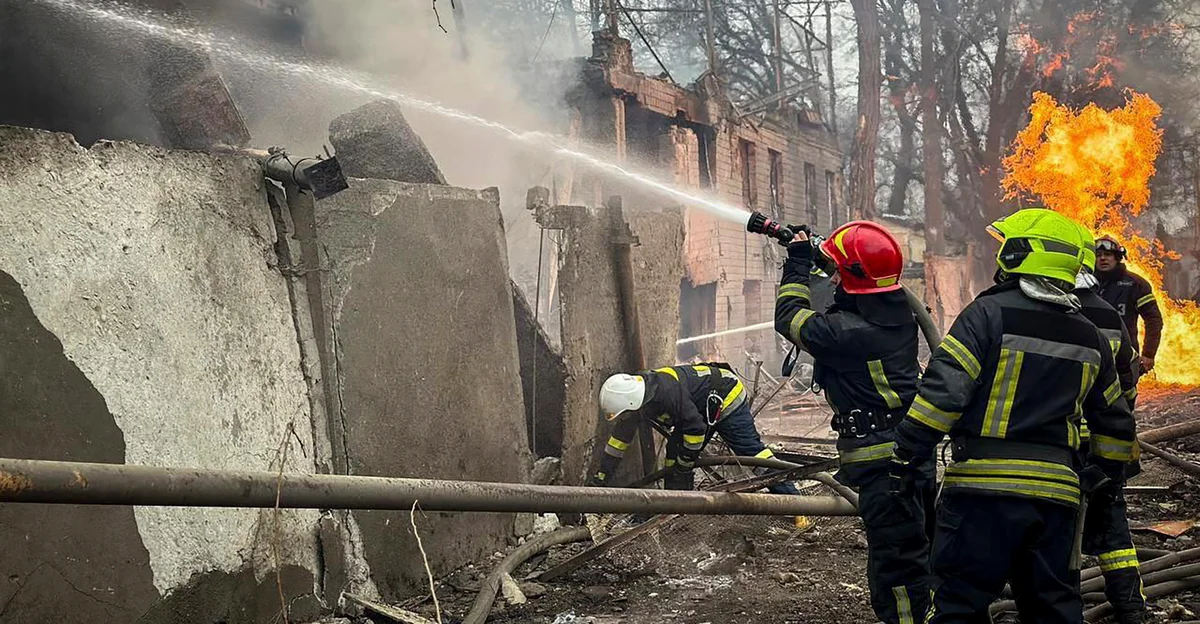
An overnight drone strike on October 4, 2025, targeted the Kirishinefteorgsintez refinery in Russia’s Leningrad region, igniting fires that prompted emergency responses. This facility, located over 800 kilometers from Ukraine’s border, stands as one of Russia’s largest oil refineries, illustrating the remarkable reach of Ukrainian drone operations.
Previously, assailants primarily targeted refineries located near the border, such as those in Krasnodar and Rostov. The evolving operational tactics of Ukrainian forces highlight their enhanced technological capabilities, enabling longer-range strikes, larger payloads, and more frequent attacks, strategic shifts that create exceptional pressure on Russia’s energy infrastructure.
Evolving Tactics
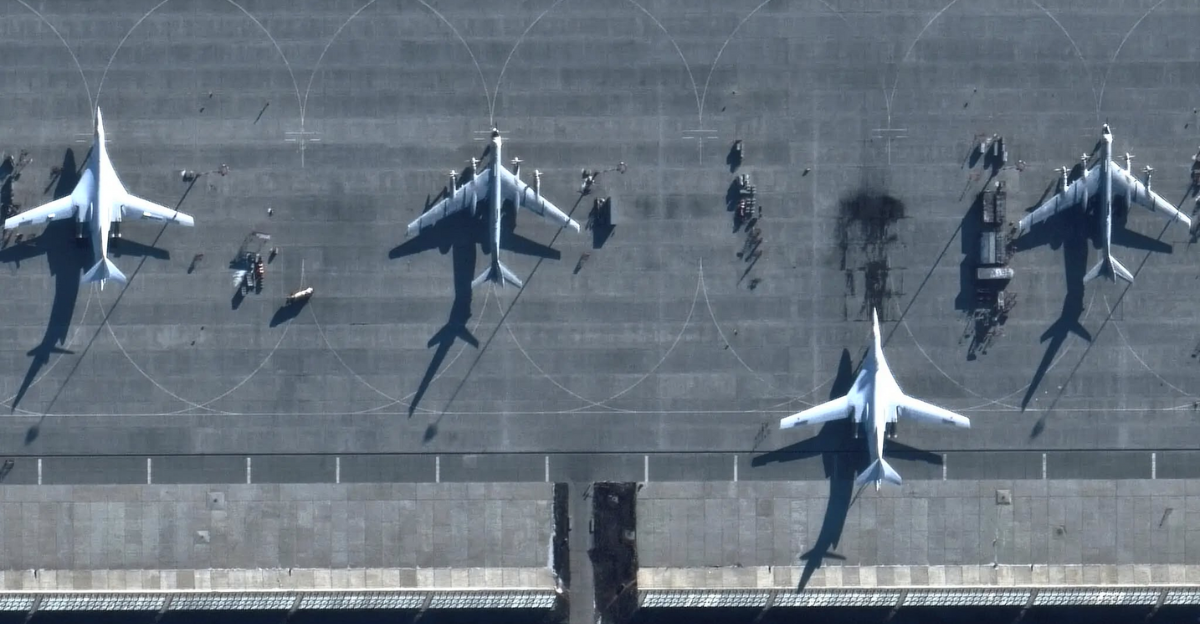
The nature of Ukrainian drone operations has undergone significant changes since the early part of 2024. Drones, once limited to raids on border refineries, now engage deeper within Russian territory, demonstrating substantial advancements in both technology and strategy.
The use of smarter, more capable drones not only increases the frequency of strikes but also enhances payload capacities, intensifying the implications of each attack. Analysts observe that this evolution enables strikes to target critical energy assets while forcing Russia to accelerate its development of air defense systems. The ability to project power across such distances not only affects military logistics but also reshapes regional security dynamics, challenging the status quo.
Economic Strain
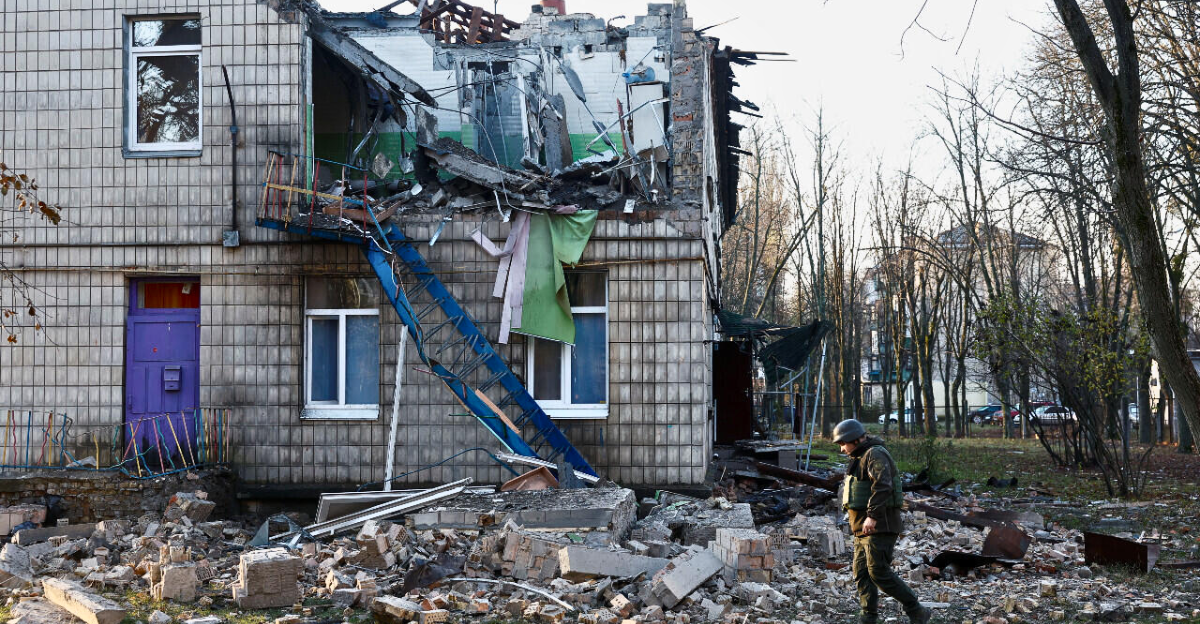
The energy sector is pivotal in funding Russia’s military operations, and these drone strikes are inflicting visible economic strain. Repairing damaged refineries becomes a costly endeavor, diverting critical resources that could otherwise be used to bolster frontline operations.
Commentators from within Russia describe the implications of this economic pressure, with one fuel trader stating, “We are constantly recalibrating our strategies just to keep up with the losses.” As Ukraine systematically targets these sites, the economic burden increases, complicating Russia’s operational decision-making across multiple fronts. The extended timeline for repairs means that the Russian military must navigate an uphill battle in maintaining fuel logistics.
The People’s Voice
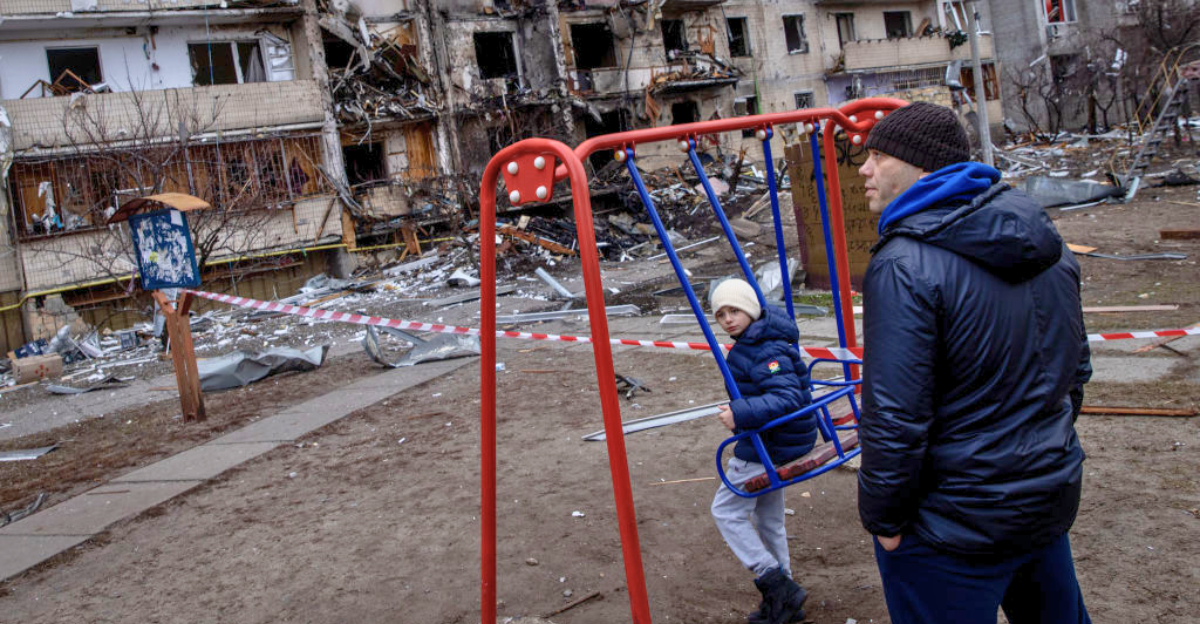
On the ground, the implications of these strikes are felt profoundly by those working in the oil sector. A refinery worker in Siberia lamented, “We fear for our jobs; every strike makes us wonder how much longer we can keep operating.” Families dependent on these oil sectors, from workers to local markets, are experiencing mounting anxiety about their livelihoods.
Such sentiments paint a stark picture of the human cost of the ongoing conflict, highlighting how military strategies extend beyond the battlefield into the lives of everyday workers. As each attack disrupts operations, the ripples of uncertainty affect communities and economies associated with these pivotal facilities.
Understanding Resilience
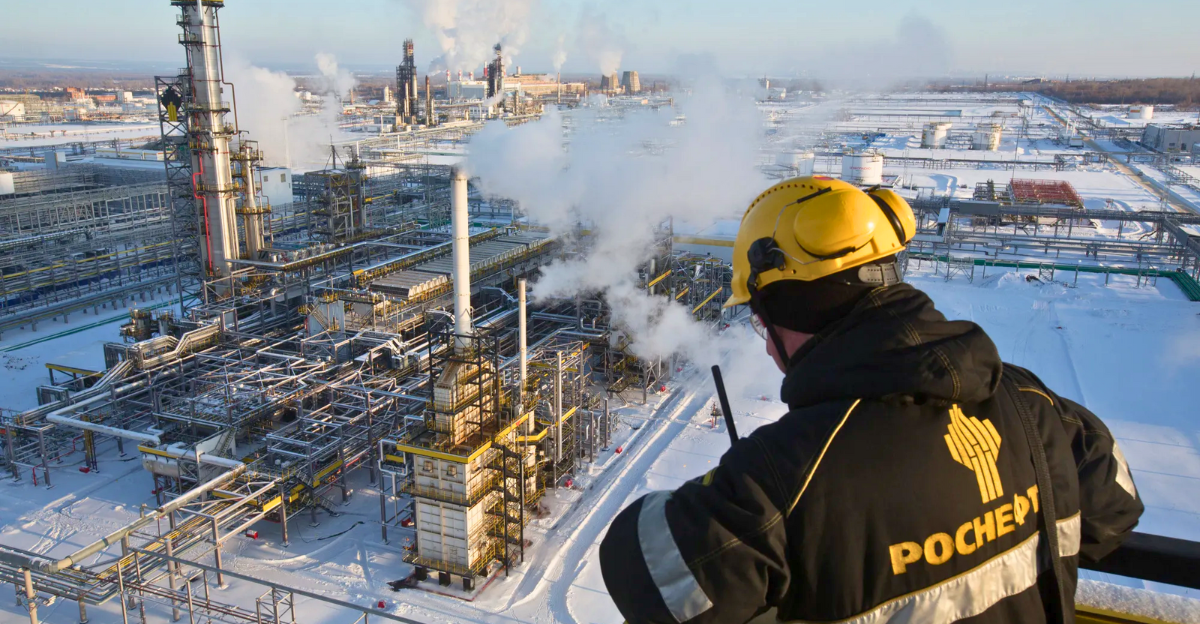
Despite the disruptions, Russian refineries have demonstrated resilience, effectively showcasing their adaptive capacity. Industry experts note that while strikes may cause immediate damage, operational continuity is often preserved through strategic adjustments. “Refineries know how to pivot and manage downtime efficiently,” commented an oil analyst.
This perspective illustrates how the interplay of supply-demand dynamics and repair strategies allows Russia to weather the impact of drone strikes, leveraging existing capacities to buffer against losses. While disruptions do occur, the Russian oil industry tends to employ innovative solutions, thereby fostering a deeper understanding of the intricacies involved in modern refining operations.
Broader Implications
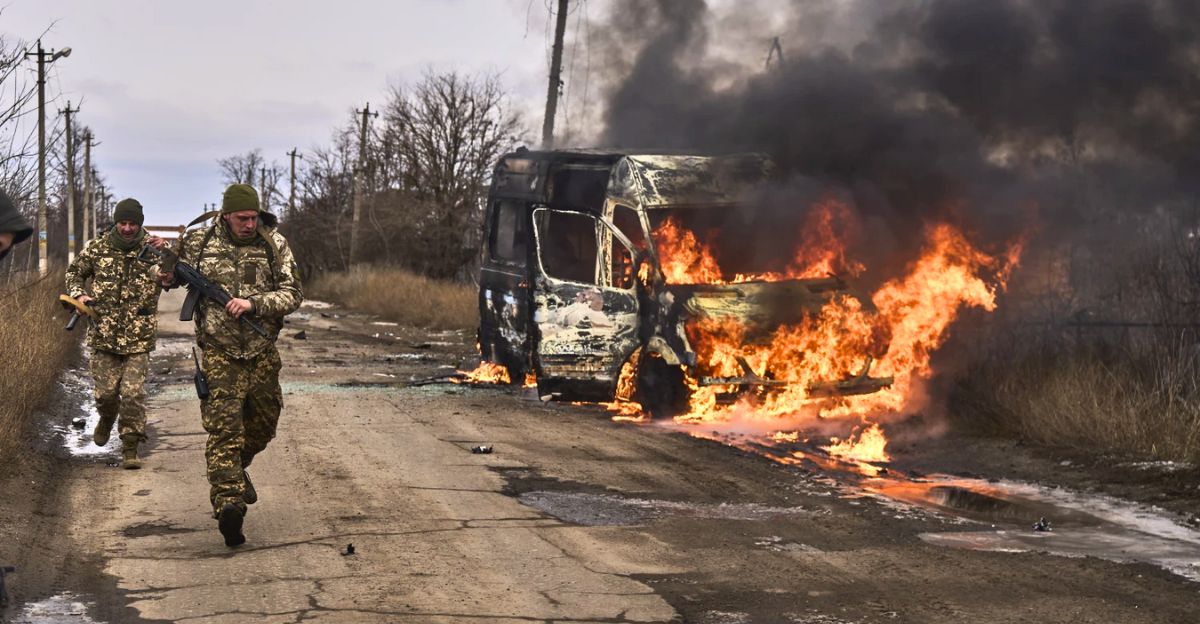
The implications of this campaign extend beyond military logistics, influencing geopolitical landscapes and energy markets. In response to the heightened vulnerability of Russian refineries, energy analysts predict that global oil prices may experience fluctuations as markets react to perceived risks. Countries reliant on Russian oil may also seek alternative sources, further complicating Russia’s position in the global energy market.
As drone capabilities expand, Ukraine’s efforts could empower allied nations to reassess their strategies toward energy independence. This reshaping of relationships reflects a shifting paradigm in energy security as autonomy from traditional suppliers gains prominence in conversations worldwide.
Future Projections
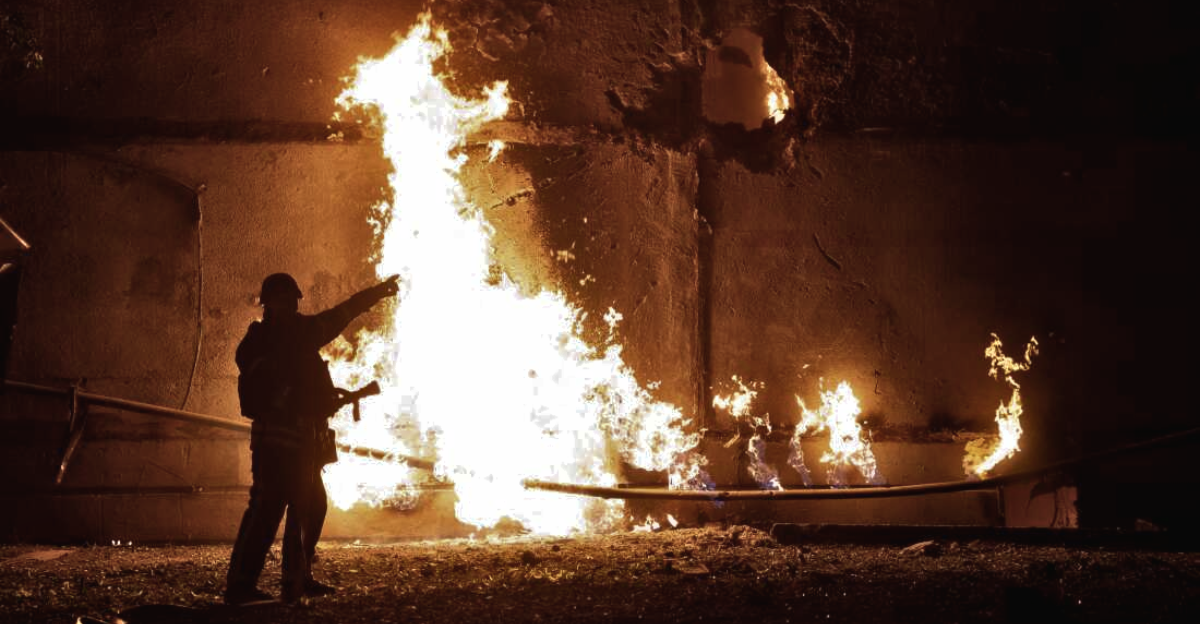
Looking ahead, the potential for further escalations remains substantial. Analysts suggest that, as Ukraine refines its drone strategies, new technologies can emerge, enhancing accuracy and payload capacity. Russia’s response strategies will also evolve, focusing on improving national air defenses and quick repair capabilities.
Commentators warn, however, that continual targeting will likely induce a cyclical pattern of strikes and responses. “This ongoing game of cat and mouse will only intensify, leading to more significant changes in military and energy policy,” indicated a security expert. The trajectory of this conflict suggests that we are entering an unpredictable phase, with consequences that stretch beyond immediate geographic confines.
International Reactions
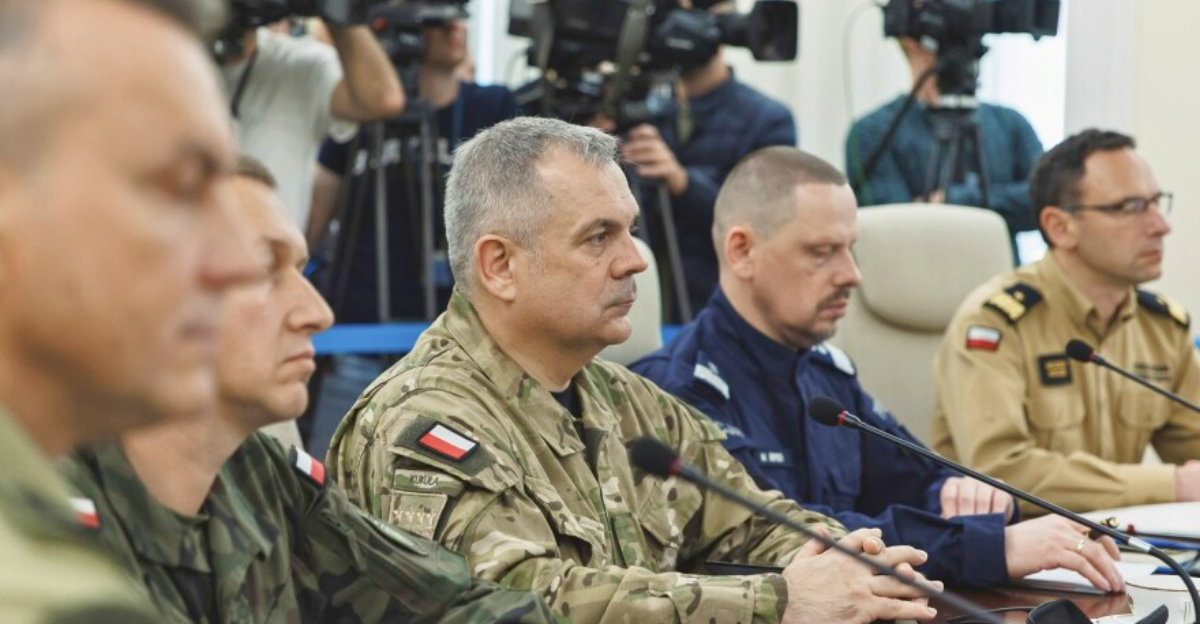
International reactions to the drone strikes have varied widely. While Western nations have generally expressed support for Ukraine’s tactical decisions, Russia has escalated its rhetoric, portraying the attacks as terrorist activities. “The world must see the reality of this situation; our sovereignty is under siege,” remarked a Russian official.
Conversely, Ukraine’s allies emphasize the need for continued military support to maintain operational momentum. As the conflict evolves, international diplomatic channels will likely face increased pressure in navigating these narratives, further complicating the geopolitics surrounding energy security and military engagement. The diversity of reactions showcases the complexity of modern warfare in a global context.
Humanity Amid Conflict

In the midst of conflict, it is vital to remember the humanity behind the statistics. Both Ukrainian and Russian families are enduring losses, fears, and uncertainties. Civilians, including workers and families linked to the oil sector, navigate the dire consequences of drone strikes.
“We wish for peace above all else,” a local shop owner in a Russian border town expressed. Such poignant comments serve as poignant reminders that, despite geopolitical narratives, real lives continue to be affected by warfare. Empathy must not be lost amid data points and military tactics, underscoring the importance of seeking enduring solutions to these complex conflicts.
The Complex Landscape

Ukraine’s drone strikes on Russian refineries exemplify a pivotal shift in modern warfare and energy security. While purported claims of crippling 40% of refining capacity capture headlines, the actual impacts reveal a complex interplay of military strategy, economic resilience, and human experience.
As the conflict continues to evolve, the focus remains on understanding the intricate reality behind these tactical maneuvers and their broader implications on energy markets, regional stability, and everyday lives. In navigating this transformative phase, stakeholders across the spectrum must remain vigilant, adaptable, and empathetic, aiming for resolution amidst an evolving conflict landscape.